- Sensors
- Not trendy
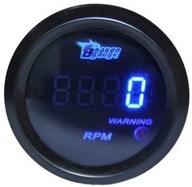
4
·
Poor

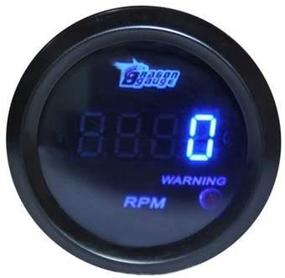
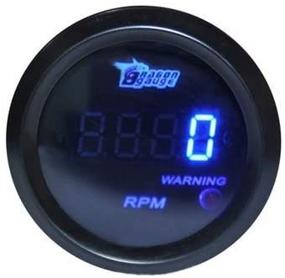
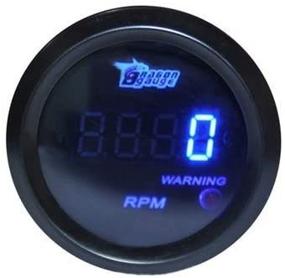
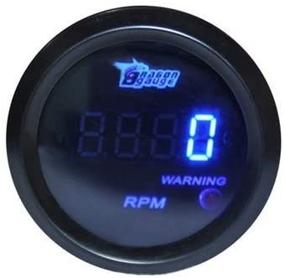
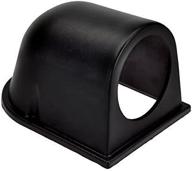
HOTSYSTEM Single Hole Dash Dashboard Gauge Mount Pod For Car Temperature, Voltage, Air/Fuel Ratio, Boost, Exhaust & More - Universal 2 Inches 52Mm Size With Black Cover

11 Review
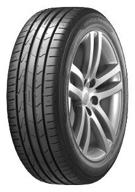
Tire Hankook Ventus Prime 3 K125 215/55 R17 94W summer

10 Review
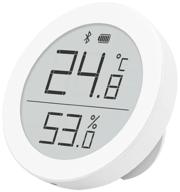
Room temperature and humidity sensor Xiaomi ClearGrass Bluetooth Thermometer white

13 Review

A/C Dash Button Repair Kit: 5PCS TIHOOD Stickers For Faded Auto Climate Control Decals Replacement With Perfect Adhesive Fit

10 Review
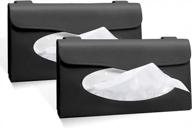
2Buyshop 2 Pack Car Tissue Holder - PU Leather Napkin Box For Sun Visor & Backseat - Black

28 Review
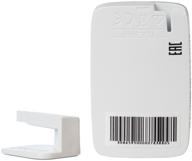
Transponder "T-Pass" TRP-4010 AVTODOR TOLL ROADS, black

46 Review
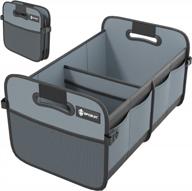
Simplify Your Car Organization With Sposuit'S Collapsible Trunk Organizer - 11 Pockets & Reinforced Handles For Easy Grocery And Cargo Storage! (Grey)

27 Review
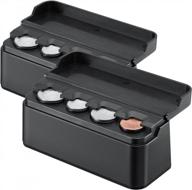
2 Pack JOYTUTUS Coin Holder: Universal Car Change Organizer For Most Trucks Accessories

27 Review